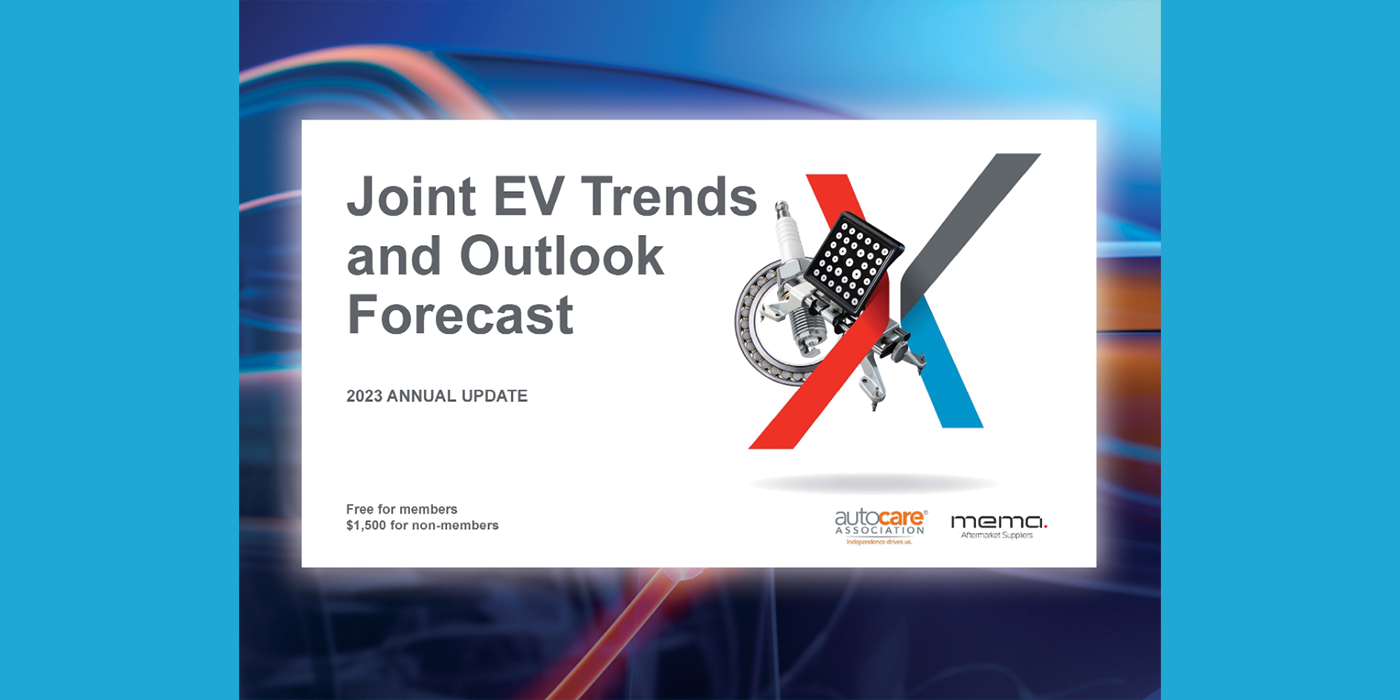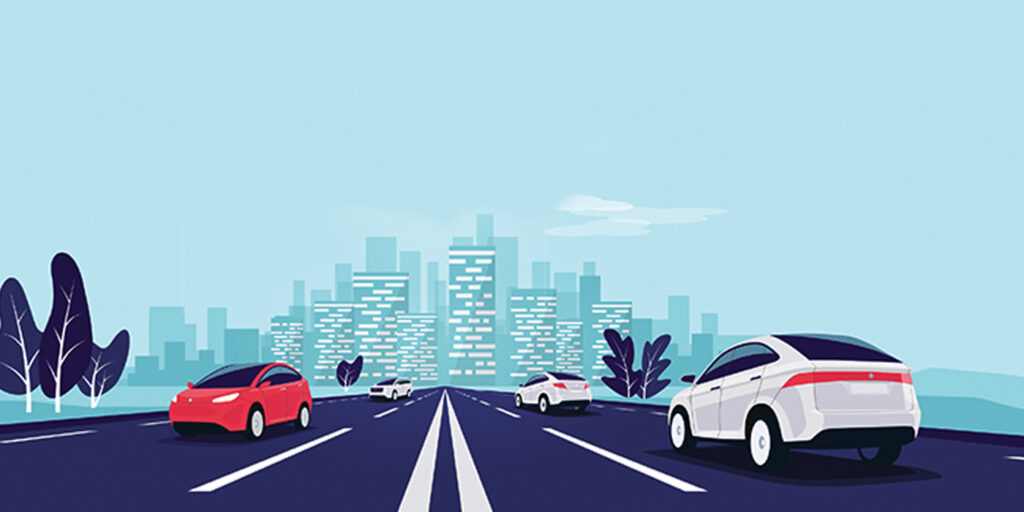Allied Market Research recently published a report, titled, “Automotive E-Commerce Market by Components: Global Opportunity Analysis and Industry Forecast, 2021-2031″. As per the report, the global automotive e-commerce industry accounted for $38.67 billion in 2021, and is expected to reach $176.24 billion by 2031, growing at a CAGR of 17.5% from 2022 to 2031.
Drivers, restraints, and opportunities
According to the report, a surge in penetration of internet and smartphones, growth of automotive aftermarket services, and advancement of multiple payment modes have boosted the growth of the global automotive e-commerce market. However, trust deficit among users, concerns about online fraud and cyber security issues hamper the market growth. However, expansion of cross-border e-commerce and digital commerce automation are expected to open new opportunities in the future, the report shows.
While the Covid-19 pandemic forced governments to implement strict lockdown regulations and banned import-export of essential raw materials. The halt of production activities, mandated plant closures, and limited part supply negatively impacted the market. Thus, market players had to focus on modifying such risks and created developments to maintain foothold the market.
However, during the pandemic, the demand for online shopping in several areas increased, which required manufacturing and logistics companies to boost their logistics and manufacturing.
The interior accessories segment held the largest share
By components, the interior accessories segment held the largest share in 2021, accounting for nearly one-fourth of the global automotive e-commerce market and is projected to maintain its leading position throughout the forecast period. Furthermore, the segment is expected to register the highest CAGR of 20.0% during the forecast period, owing to increase in demand for improved aesthetic appearance in vehicles. The report includes analysis of segments such as the informational and multimedia, engine component, tires and wheels, exterior accessories, and electrical products.
The third-party vendors segment dominated the market
By vendors, the third-party vendors segment held the lion’s share in 2021, contributing to nearly three-fourths of the global automotive e-commerce market, and is anticipated to maintain its dominance in terms of revenue by 2031. In addition, the segment is estimated to manifest the highest CAGR of 18.5% from 2022 to 2031, it provides convenient buying experience and fast delivery. The report includes analysis of the OEM segment.
The passenger car segment to manifest the highest CAGR through 2031
By vehicle type, the passenger car segment is expected to register the highest CAGR of 19.0% during the forecast period. In addition, the segment held the largest share in 2021, accounting for more than two-fifths of the global automotive e-commerce market, and is projected to maintain its leading position during the forecast period. This is due to increase in demand for comfort and convenience accessories for passenger cars. The report includes analysis of the two wheeler and commercial vehicle.
The warehouse segment would showcase the highest CAGR by 2031
By operation, the warehouse segment is expected to manifest the highest CAGR of 18.8% during the forecast period, as industry players build comprehensive warehouse services in order to meet client’s demands more quickly. However, the transportation segment held the largest share in 2021, contributing to more than half of the global automotive e-commerce market, and is expected to maintain its dominance during the forecast period.
To learn more about this report, click here.












